
In a stunningly swift overnight change, some Texas farm operations had to shut down after losing virtually all of their workforce, an exodus triggered by the increase in immigration raids and increased enforcement. The ripple effects of these raids are the gift that keeps on giving and will be felt nationwide: unpicked crops are now left unharvested, livestock were left untended, and rural economies are on edge.
This story isn’t just a tale of woe for Texan farms; it’s a warning for American agribusiness, food prices, and the communities that keep food on our plates. So, let’s examine what effect these raids have on agriculture, livestock, workers, and the American public.
The Night the Fields Went Silent

The heart of Texas agriculture skipped a beat when, overnight, “almost 100%” of farm workers failed to show up for work, leaving fields eerily still and machines quiet.
Social media was ablaze with videos and eyewitness accounts, as the hashtag #TexasFarmCrisis went viral, taking the news cycle beyond rural Texas. The sudden mass disappearance left a heavy feeling that something greater than a mere labor standstill was at play, and the repercussions would be astounding.
Why Did the Workforce Vanish? The Reason for the Exodus

The reason is simple: an increase in immigration enforcement, including high-profile ICE raids, shook Texas farm workers to their core. The news filtered fast that workers—regardless of legal status—chose safety over a salary.
Farmers, who had been working with their crews for decades, described the loss as “devastating” and “unprecedented.” This is alarming as most farms are founded upon immigrant labor, both legal and illegal, creating a domino effect for the food system as a whole.
Livestock in Limbo: The Hidden Animal Crisis
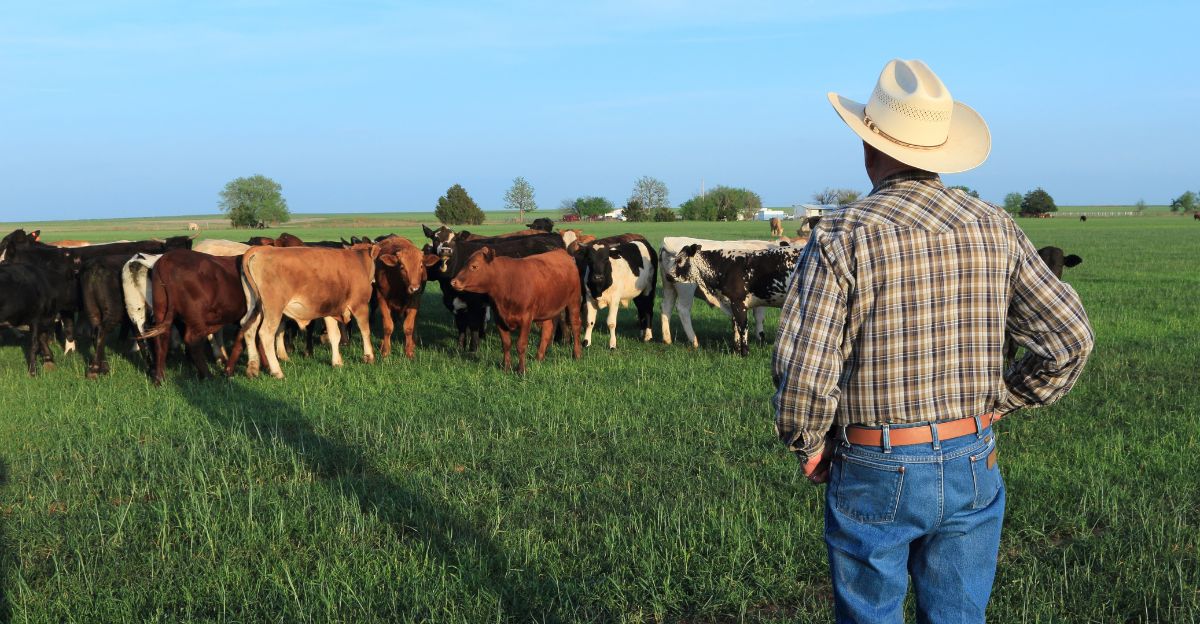
Now, livestock operations take on increased strain. With fewer laborers, animal welfare can suffer, and some farmers will have to sell or transfer herds, disrupting local economies and food chains.
In response, some farmers explore alternative therapies and holistic care, while others experiment with new technology to monitor animal health. The crisis has accelerated changes in livestock management, but this comes with both risks and renewed innovation.
The Impact of Untended Livestock

When farm animals are suddenly left untended, their health and well-being deteriorate rapidly. Due to a lack of care that otherwise diligent workers would respond to, they become prone to undiagnosed illness, malnutrition, heat stress, or injury. Further, milk yields and breeding performance suffer drastically, while disease outbreaks increase as animals become overcrowded and stressed.
Environmental Implications

Moreover, relocated herds can lead to overgrazing, resulting in soil erosion, loss of native ground cover, and reduced biodiversity. This potentially decreases the land’s fertility, degrading local ecosystems. This kind of habitat modification affects both wildlife and future agricultural productivity, which has far-reaching consequences that impact the animals, the land, and the overall ecological balance that they help sustain.
From Farm to Fork: How Labor Shortages Hit Your Plate
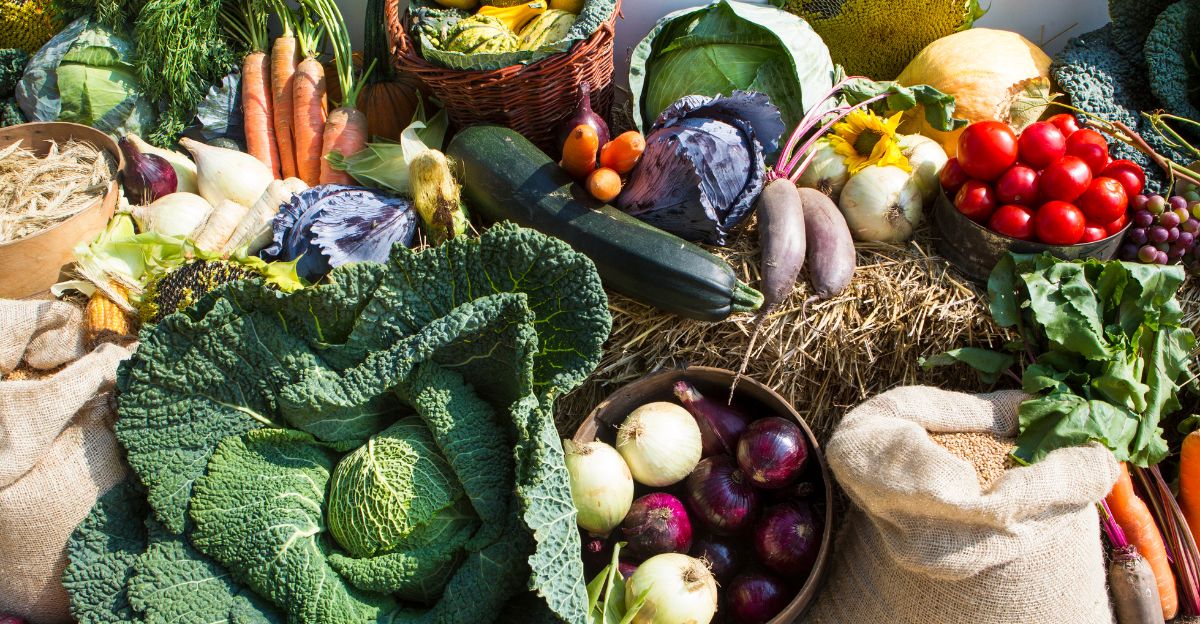
When farm workers vanish, the effects are felt far beyond the fields. Livestock is untended, crops go unpicked, food production declines, and food prices dramatically increase. In Texas alone, where specialty vegetables and fruits must be hand-picked, worker shortages jeopardize entire harvest seasons.
This results in fewer foods on grocery store shelves, higher prices for families nationwide, and a greater reliance on imports. Threads on Reddit and YouTube are already predicting price hikes and empty produce shelves.
Scrambling for Solutions: How Farms and Industries Are Responding
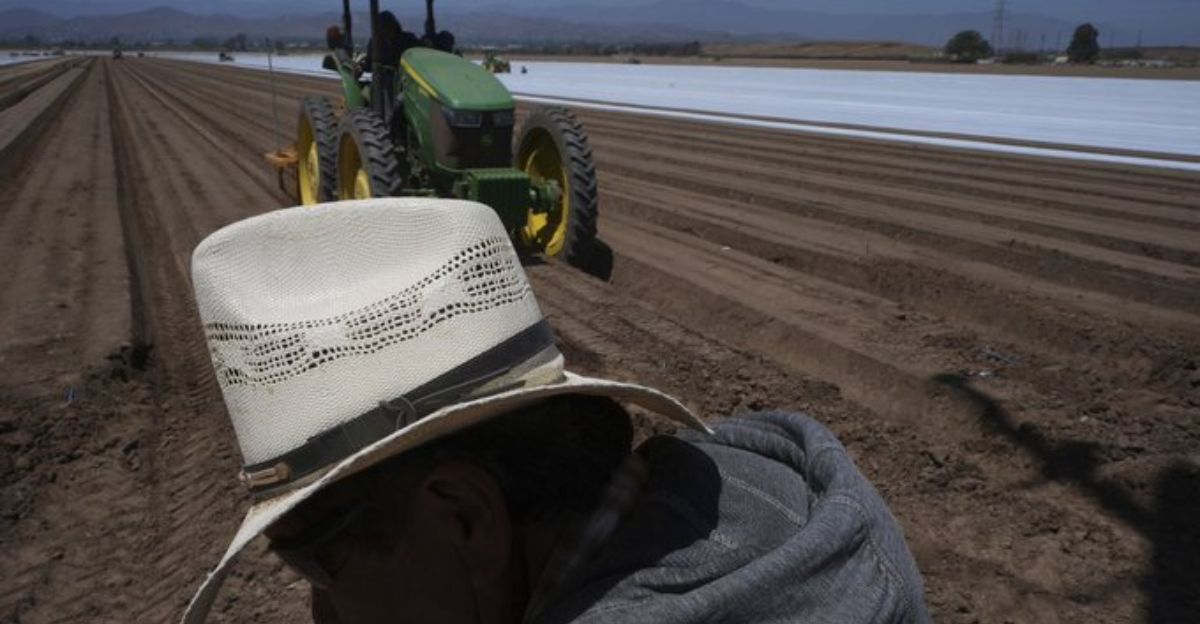
With workers gone, Texas farmers are left in a challenging position with hard choices to make: Do they reduce production, rely on less labor-intensive crops, or shut down entirely? Many turn to guest worker programs like H-2A, which come with bureaucratic hurdles and are costly.
Others are investing in mechanization and precision agriculture, hoping that technology will fill the gap left by workers. Further, lobby organizations demand policy reform, while adjacent industries position themselves for supply chain shocks.
The Economic Aftershock: Texas and Beyond
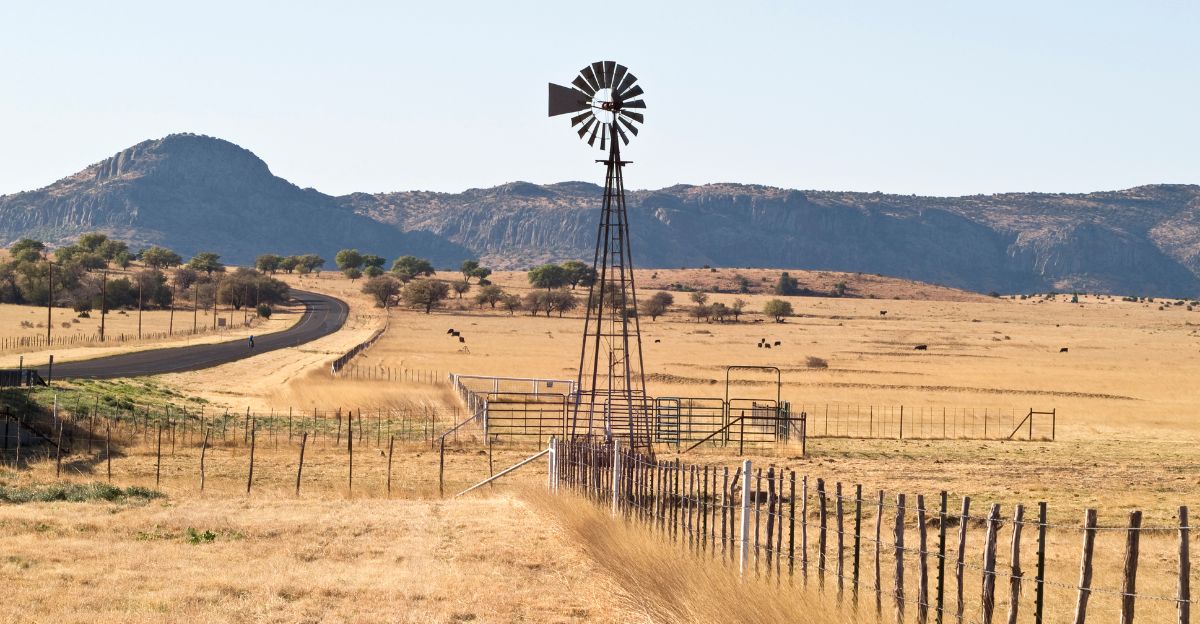
Texas farm shutdowns are a blow to the national economy. Rural Texas is built upon agriculture, and when farms close down, the ripple effect is felt in trucking, equipment, marketing, and even schools.
Nationally, farm worker loss raises the cost of food and threatens food security. Economists warn that if the trends continue, America will lose billions in production and tens of thousands of jobs in connected sectors. The ripple effect is far-reaching, and nobody is immune.
The Human Cost: Voices from the Front

Behind every statistic are human beings—farmers face bankruptcy, employees are too afraid to step outside their doors, and families are caught in the middle of the crossfire. A Texas farmer labeled last week “the worst of my career,” while a veteran employee shared her fears of losing her children.
Advocacy groups are stepping in to provide aid, but loss and uncertainty prevail. While viral TikTok videos and Reddit forums have rendered the crisis impossible to ignore.
Lawmakers, Lawsuits, and the Policy Tug-of-War
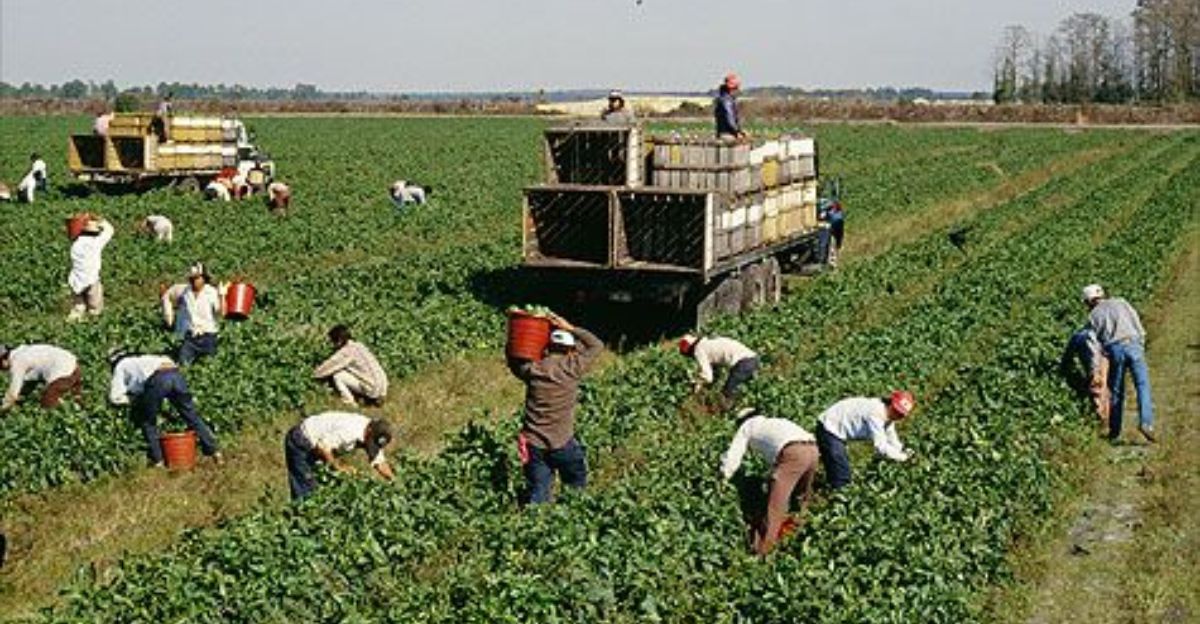
The crisis has drawn lawmakers’ and advocacy groups’ attention, with fiery debates breaking out in Austin and Washington. Some push for more guest worker programs or H-2A visa system reform, while others double down on enforcement.
Recent attempts to create a Texas-run guest worker program failed in the state legislature, reflecting the deeply ingrained divisions on immigration and labor policy. Legal activism and protests are growing, and the future of farm labor remains an ongoing political battleground.
What Happens Next? Navigating the New Normal
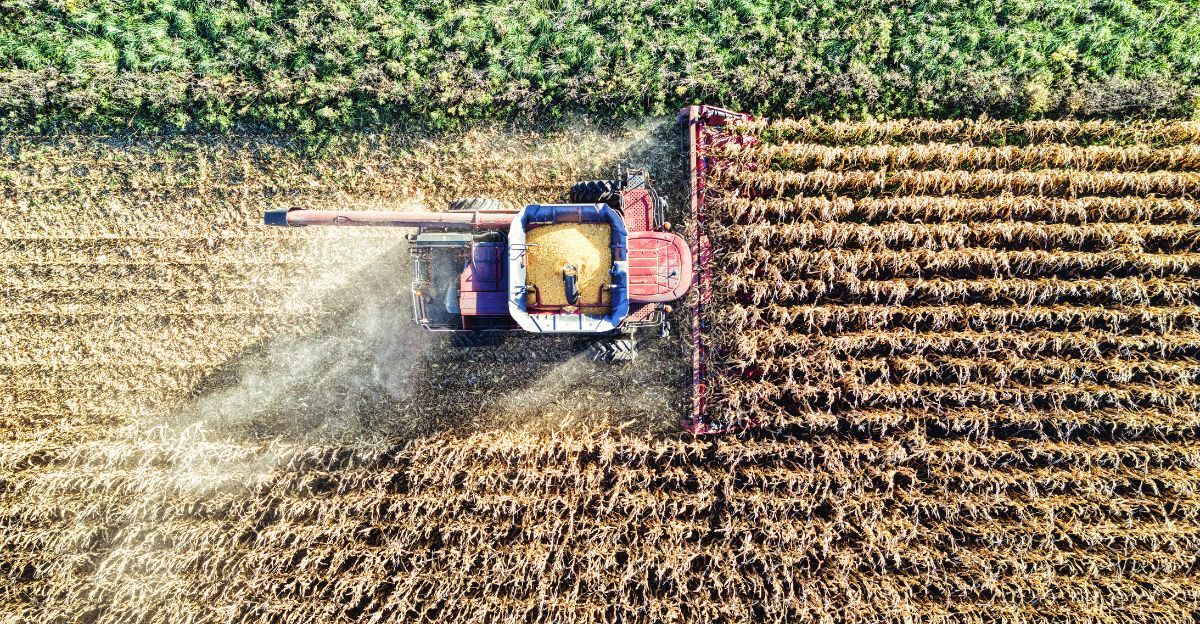
Now, farms will need to adapt, either through technology, changing labor arrangements, or policy change. While consumers can expect increased food prices and decreased availability.
For now, the crisis is forcing the nation to reconsider how we value farm labor and who’s responsible for putting food on America’s table. So what can you do? Remain informed, shop locally, and continue listening as policy debates affect the food on your plate.
Why This Matters to Us All

This overnight disappearance of entire workforces has highlighted the fragility of the systems we take for granted. When one link in the chain is broken, the ripples spread to us all: from the field to your plate, from rural Texas to city grocery stores.
Now, we must rethink our grocery shopping habits, our treatment of employees, and the strength of our supply chains. The lesson is clear: what happened in the agricultural fields of Texas resounds in every American home.
Explore more of our trending stories and hit Follow to keep them coming to your feed!

Don’t miss out on more stories like this! Hit the Follow button at the top of this article to stay updated with the latest news. Share your thoughts in the comments—we’d love to hear from you!







